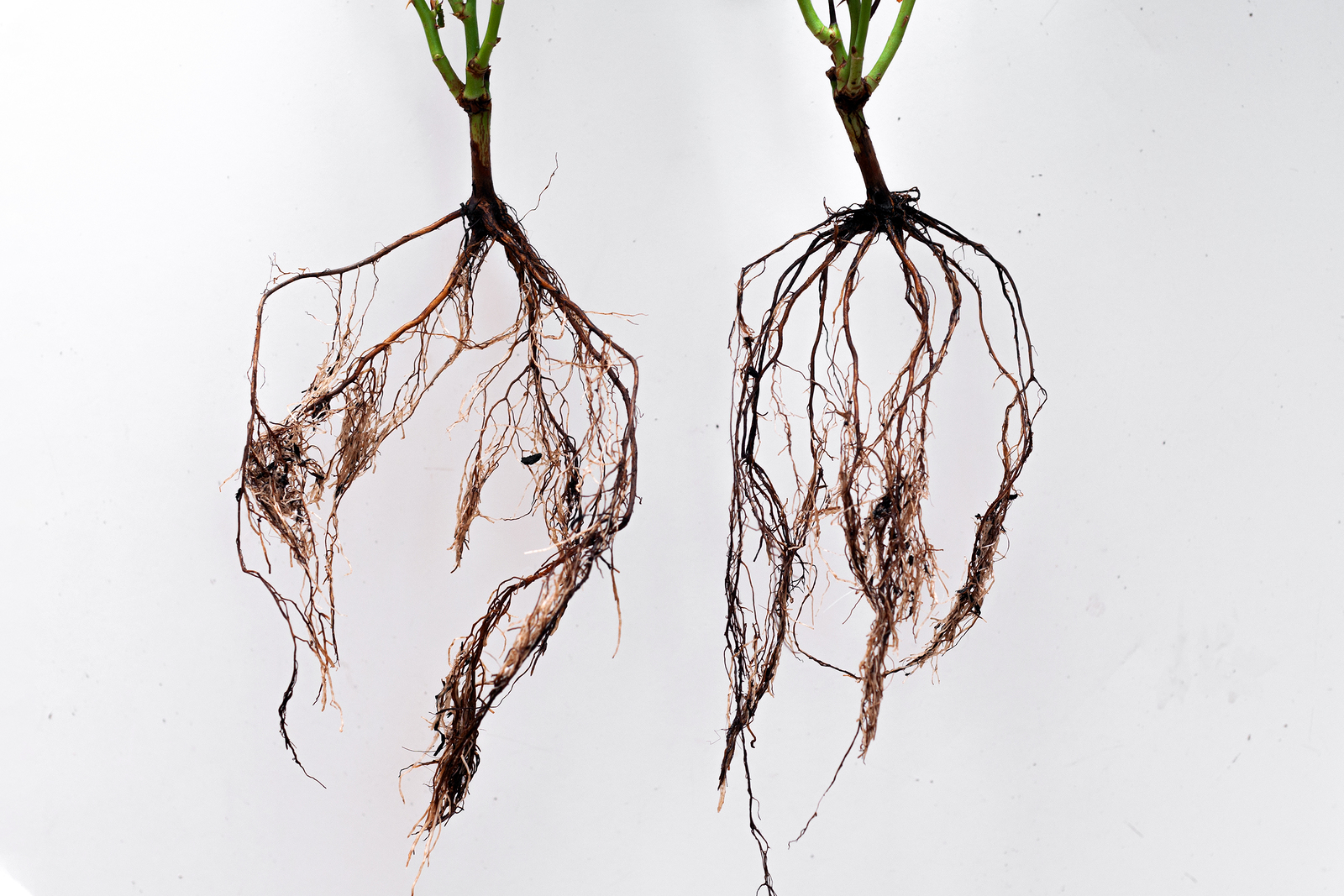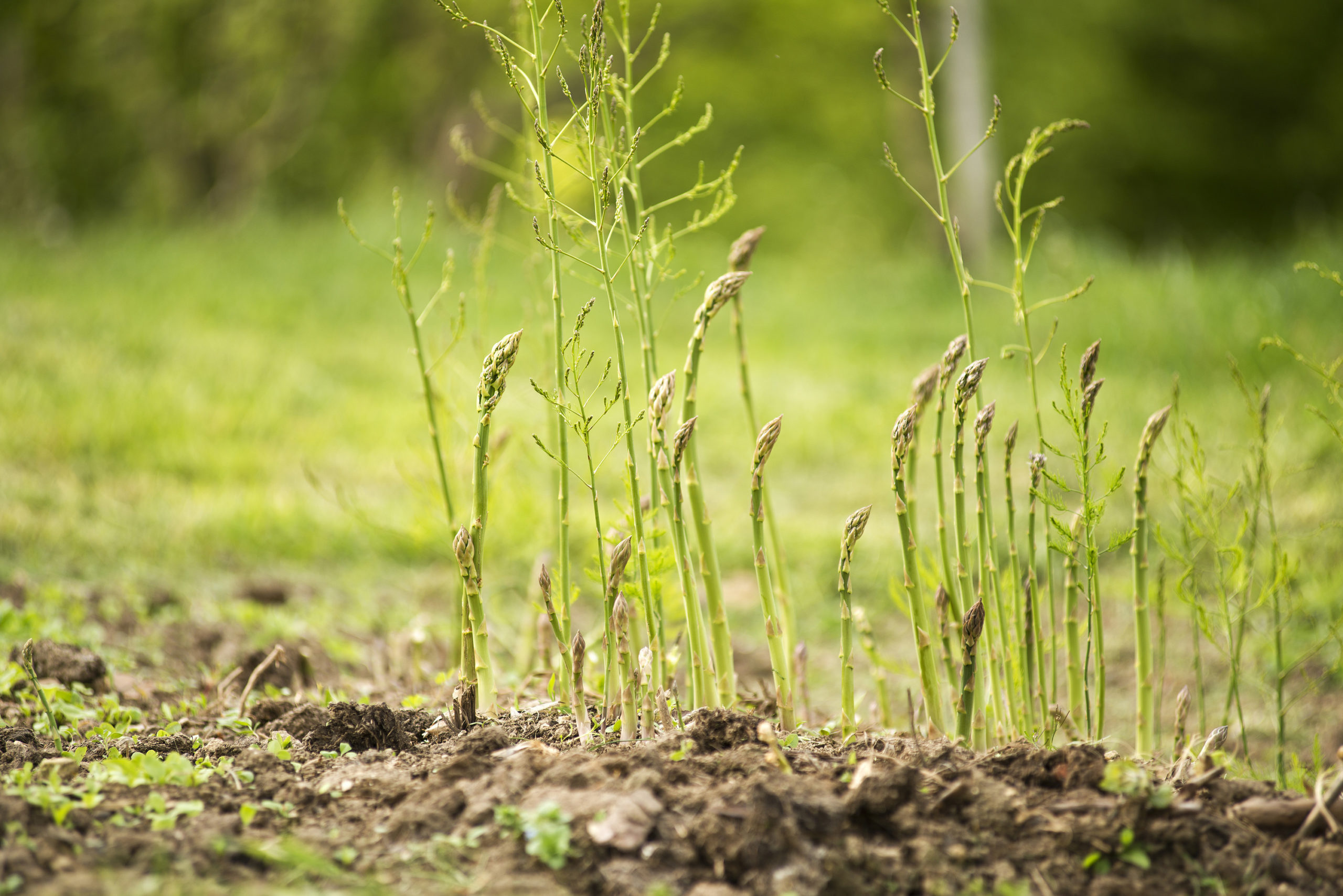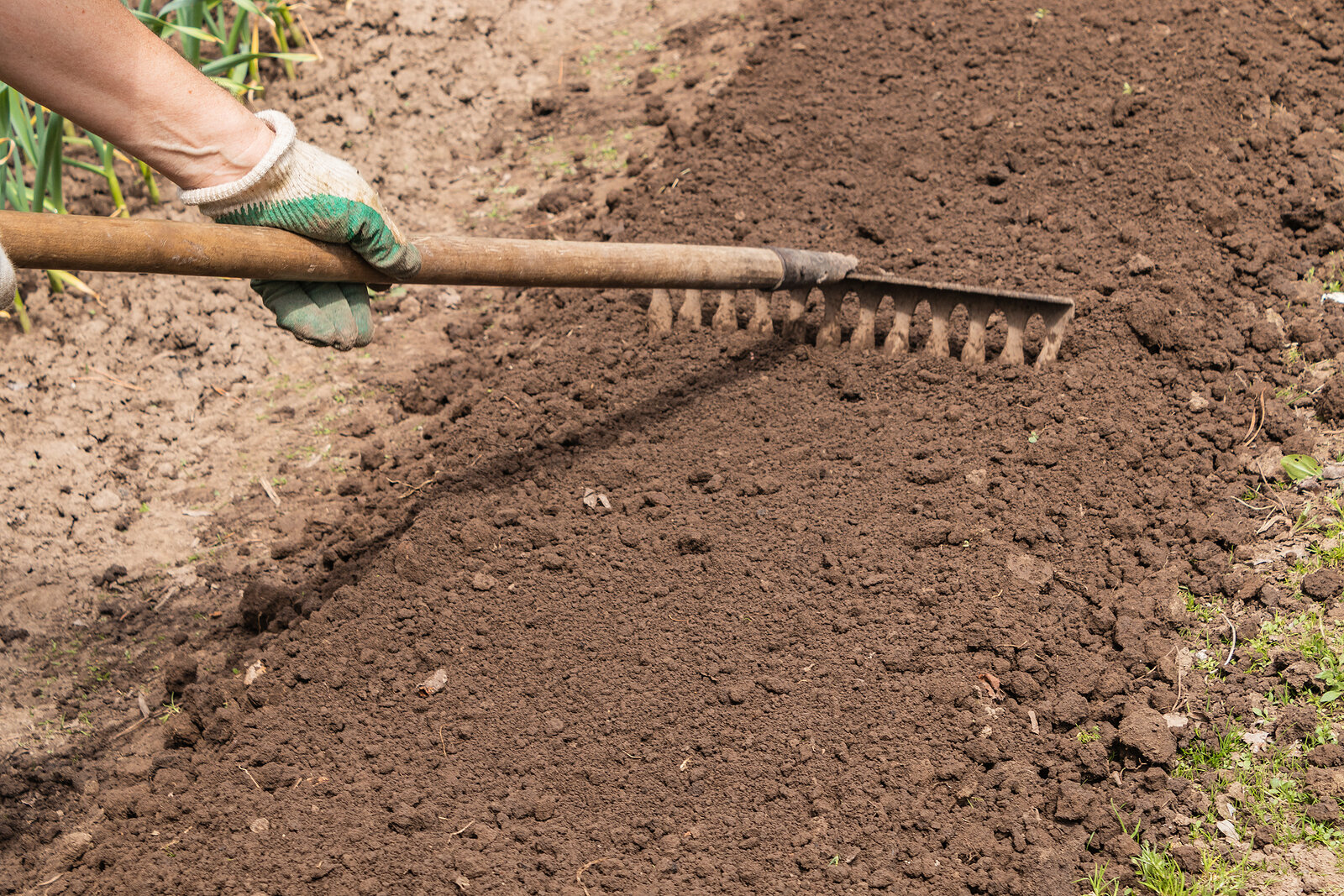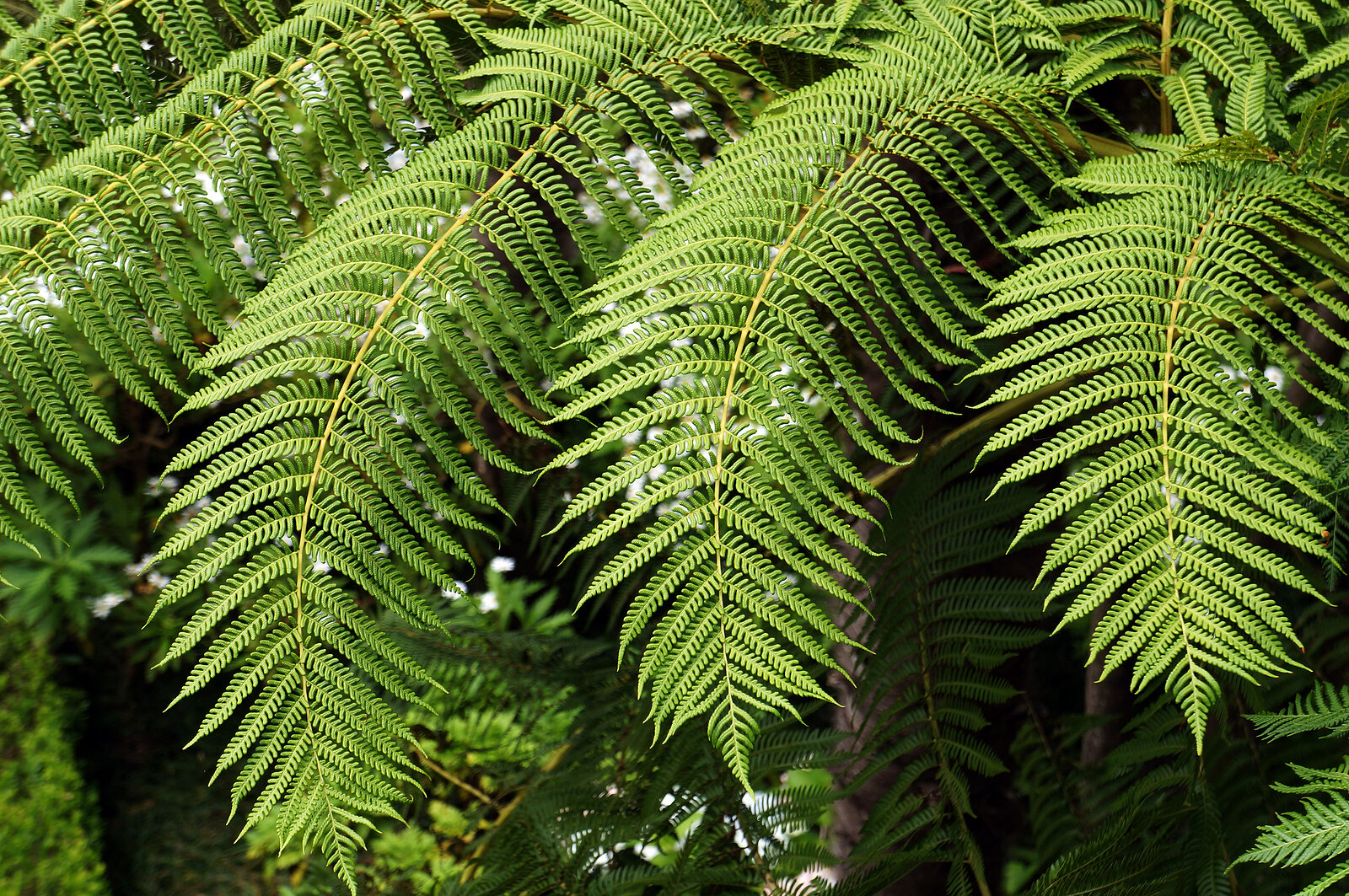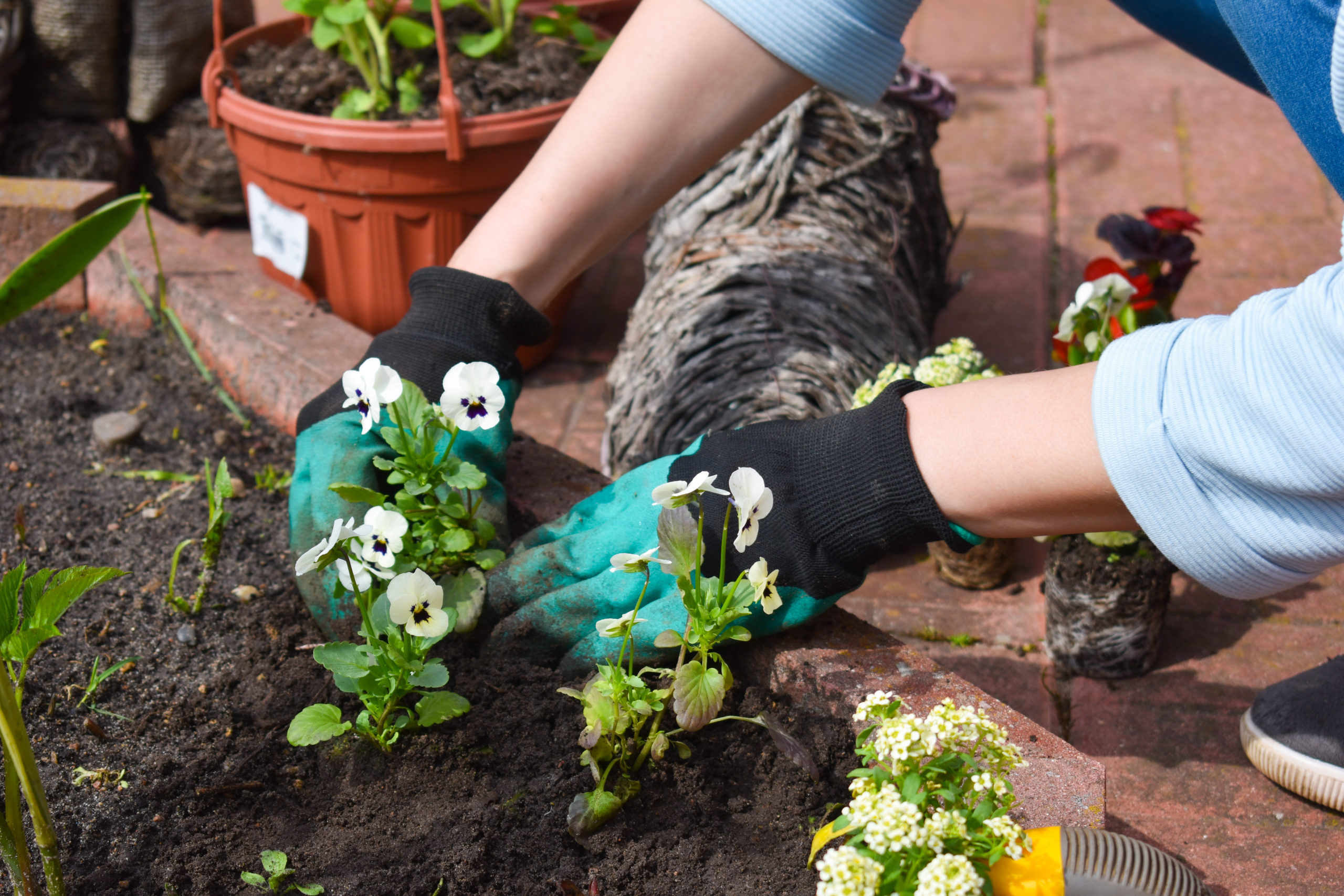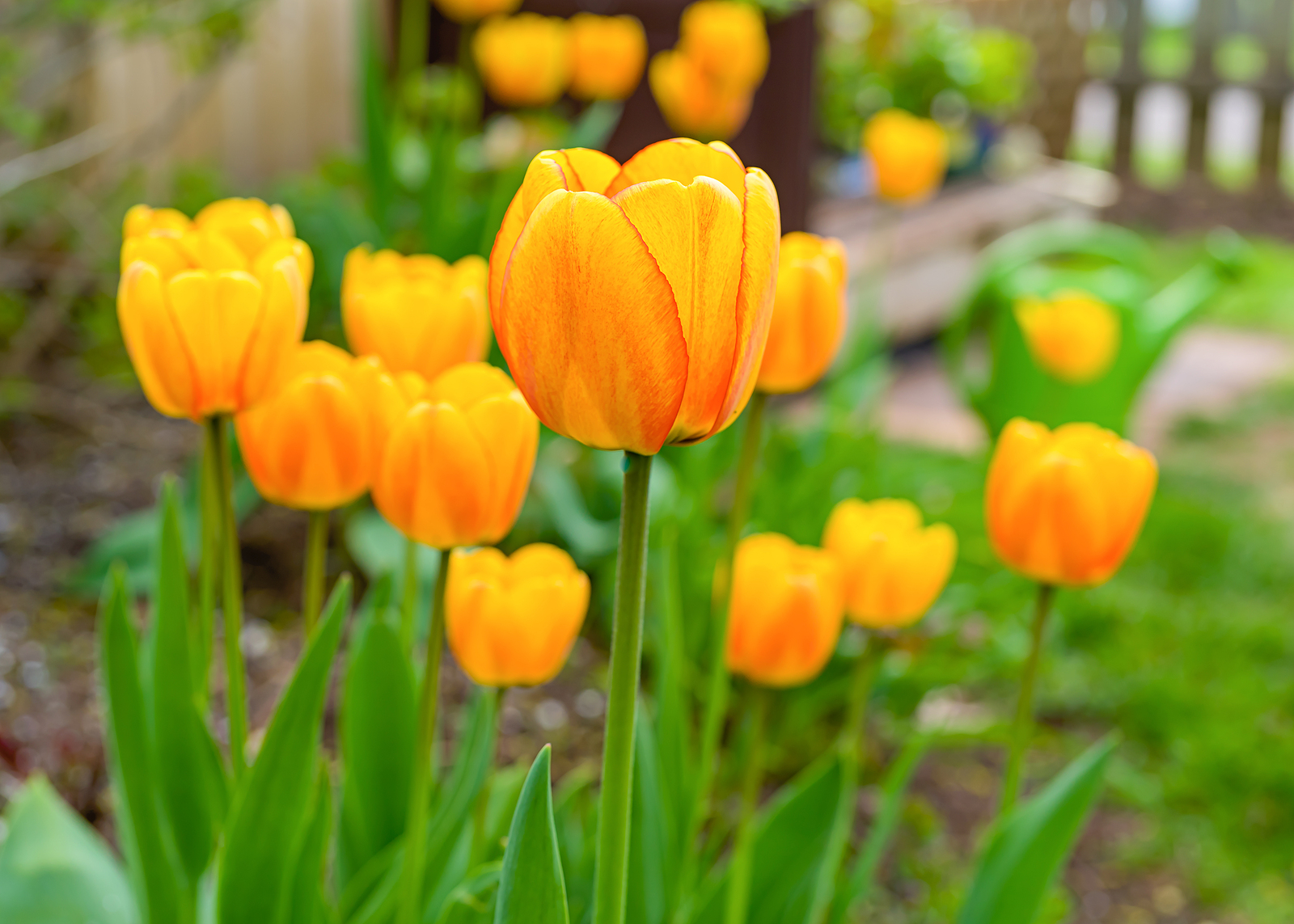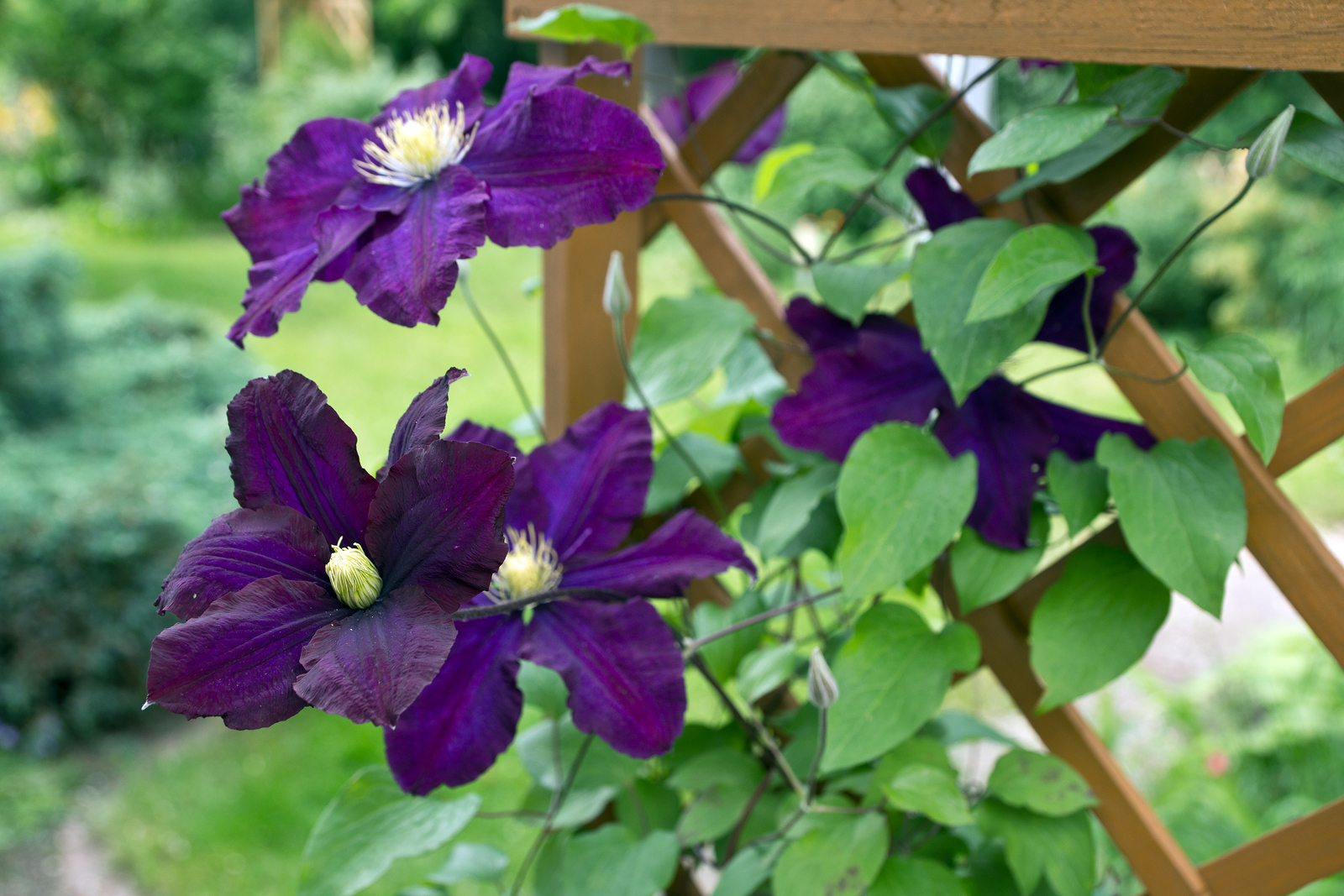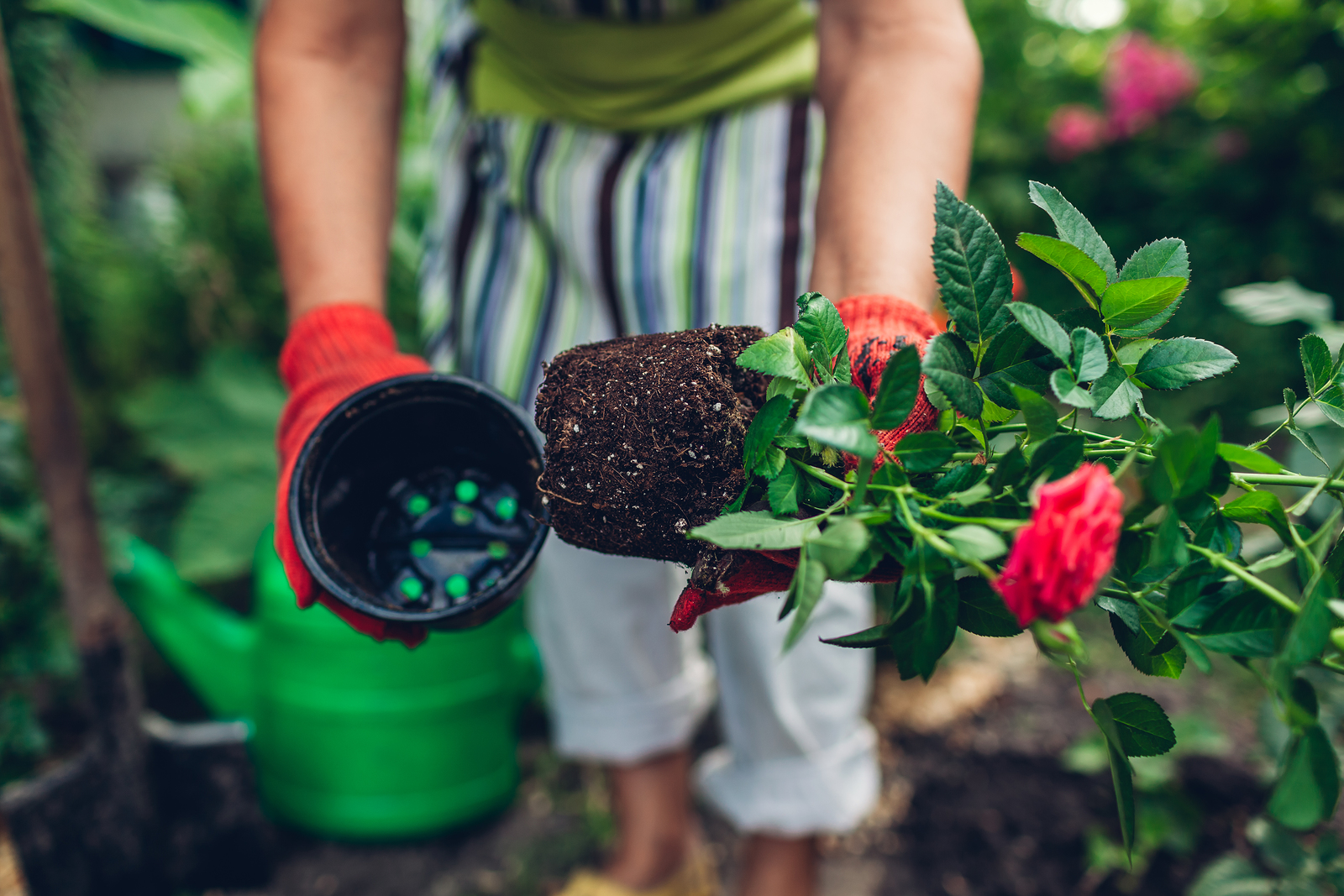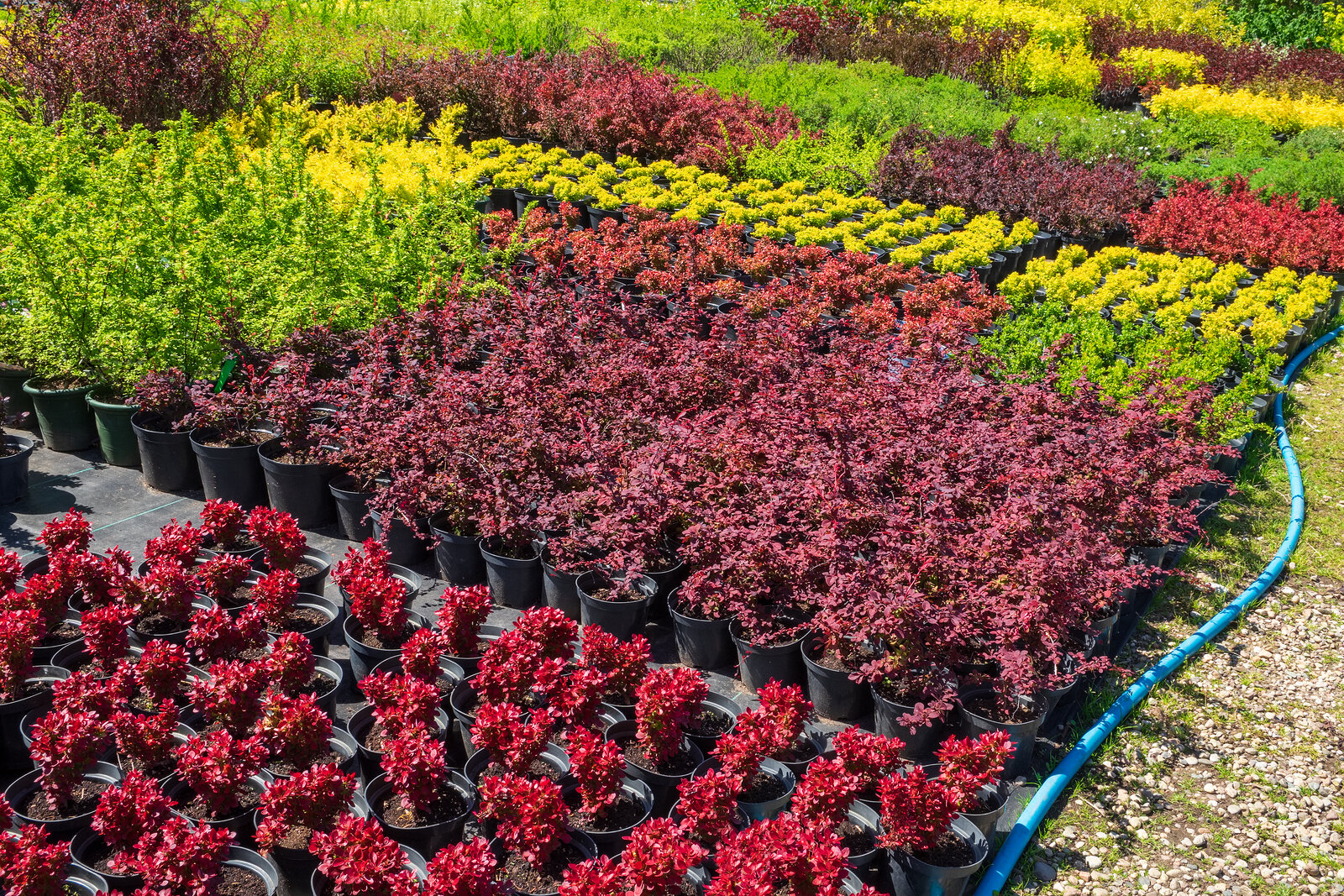Planting
Latest stories
More stories
-
First and Last Frost Dates and the Garden Growing Season
The last frost date in spring and the first frost date in autumn mark the beginning and end of the natural garden growing season. Use these dates to plan seed starting, transplanting, and harvesting. The time to plant seeds in the garden or start seeds indoors depends on the plants you want to grow and […] More
-
in Planting
No-Dig, No-Till Garden Beds
A no-dig, no-till garden bed can be made by laying down layer-upon-layer of organic materials that will decompose themselves into a nutrient-rich planting bed for flowers, shrubs, herbs, and vegetables. This no-dig, no-till method has been the basis of Chinese gardening for thousands of years; it is known as sheet composting and more recently has […] More
-
in Planting
Raised Beds for Planting
Raised beds allow you to grow plants above the natural garden soil. A raised bed is commonly filled with planting mix or potting soil–soils that are often better than the natural soil. Where the ground is constantly wet, rocky, clay, or sand, a raised bed may be the best option for growing plants. Raised beds […] More
-
How to Prepare an Established Planting Bed for the New Season
Established planting beds–perennial beds, mixed beds of annuals and perennials, and shrub borders–must be readied for each new growing season. This means amending the soil with aged compost, aged manure, fertilizers, and other soil amendments. The health of plants in a planting bed will directly equate to the health of the soil. Well-established planting beds […] More
-
How to Make a New Garden Planting Bed
A garden planting bed is a home to your annuals, perennials, and shrubs. You want a planting bed in which plants will thrive and you want a planting bed that is easy to construct and easy to maintain. Making a new garden planting bed is a one-time investment in sweat equity. Once a new bed […] More
-
Ferns in the Garden
Ferns are valued in the garden for the great beauty of their leaves, the endless variety of forms, and the range of subtle shades of green. A well-grown fern is always pleasing and does not depend upon a special season for its chief appeal, as flowering plants do. Ferns are comparatively easy to grow. They […] More
-
in Planting
How to Transplant Plants
Transplanting is the process of removing plants from one place and resetting them in another. Small plants such as seedlings and large plants such as trees can be transplanted. Transplanting seedlings When small seedlings are lifted from the rows in seed flats, cell packs, or pots, separated and replaced in other pots, the term “pricking […] More
-
in Bulb Flowers, Planting
Planting Flowering Bulbs
Flowering bulbs are divided into two categories: spring-blooming bulbs and summer-blooming bulbs. Spring-blooming bulbs are planted in autumn. Spring-blooming bulbs include tulips, daffodils, crocuses, hyacinths, scilla, and grape hyacinths. Summer-blooming bulbs are planted in late winter and early spring. Summer-blooming bulbs include cannas, dahlias, gladioli, and lilies. Bulbs are seasonal; you must purchase them near […] More
-
How To Plant And Grow Vines
Vines include a large and varied group of plants. Vines include all kinds of climbing plants and also certain shrubs with long flexible shoots that may be trained to serve as vines. Outdoors vines are used to clothe porches, trellises, arbors, pergolas, and posts, to clamber up old tree trunks or cover the bare ground […] More
-
How to Plant Perennials
Perennial plants offer an immense variety of shape, form, color, texture, and scent. There are perennials suitable for nearly every garden. Perennials are herbaceous plants–meaning they are not woody. A perennial commonly lives for 3 to 5 years, some much longer. Whereas trees and shrubs give structure to garden design, perennials contribute a great deal […] More
-
How to Plant Roses
Roses are not difficult to grow. To grow roses in your garden all you need to do is meet their basic needs: choose a suitable site, prepare the soil, and select the right roses for the location. Roses are long-lived—most roses will be in the garden for 20 years or more. In exchange for the […] More
-
How to Plant a Shrub
Shrubs add shape and structure to a garden. Most are also decorative—colorful or evergreen foliage, colorful and often fragrant flowers, fruits, and shapely stems. Shrubs stay a long time in the garden so it’s important to choose shrubs that have the form and size needed when mature. Know the eventual height and spread of a […] More

